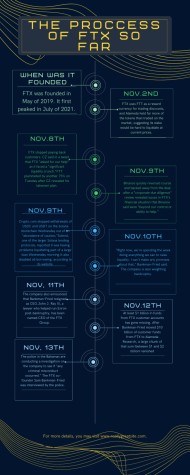More Internet-enabled technology

Oct 3, 2014
Come the 2015-2016 school year, more students at the high school will have 24/7 access to an internet-enabled device that will be issued by the school than ever before.
“We will know all the specifics and have made concrete decisions by the end of January. We’re working on deciding what device will be provided and how many students will have that device next year,” said Ms. Terri Osland, Media Specialist and District Technology Integration Specialist.
Osland is part of a steering committee that for approximately two years has met to discuss the future of technology within HHS. The steering committee is investigating how technology can support teaching and learning within the building.
“The goal of any instructional technology program is to raise the achievement of all students. [The Hopkins School District] wants to give students new opportunities and pathways to create more. The technology initiative is all about how we are going to transform the classroom, and how technology supports that transformation to reduce barriers,” said Mr. Ivar Nelson, Director of Technology for the Hopkins School District.
There are multiple factors that the district is considering before making any final decisions over the new technology.
“The largest factor is equity. We have to make sure there is equitable access to the resources that the technology is going to provide, and that all students will benefit from it,” Nelson said.
Another consideration is the instructional practices of teachers.
“It will be fun and exciting. Teachers will be able to do things differently in the classroom knowing that they have a present tool for every student,” Osland said.
According to the Hopkins Public School’s website, digital curriculum is an integral part of teaching. Through the use of digital technology, learning can easily be delivered to students through images, video, and media.
“Technology is there in order to support the classroom instruction. With the new technology, the district will help teachers develop techniques to access a library of resources and expand their lesson abilities which students interact with on a daily basis,” said Nelson.
Currently, according to the district website, the Hopkins Public Schools have approximately 5,000 total computers, with about 85 percent of those being Apple-based systems and 15 percent being Windows-based computers. Hopkins also has approximately 3,000 iPads and 500 Chromebooks for students to use.
With this in mind, some students feel that more technology is unnecessary.
“Greater access to technology will change up the way I learn. I don’t really like to read a text on an iPad or a tablet, and I feel as if many students have a lot of trouble taking tests or reading off of a tablet. It’s not even worth it for our school to invest in them,” said Matt Molnar, junior.
Nelson explained that a shift towards more technology is a new direction that the district is considering very carefully, looking to other schools for guidance.
“Other districts have decided to move away from textbooks to use electronic books and other online resources, transporting that textbooks savings into an online environment and a paperless classroom. We are looking into to positives and negatives of that program,” Nelson said.
Some students, such as Kayla Basdeo, junior, believe that enough of the curriculum is already online.
“All of my papers have to be turned it in on turnitin.com and I access Moodle almost every day. If I had my own [internet enabled] device, I would completely get off track checking Twitter,” Basdeo said.
Osland explained that the access to technology will level the playing field for HHS with other schools in the Lake Conference.
“A lot of schools in this area have done something like this. For example, Wayzata has iPads for every student, and Eden Prairie provides Mac laptops for their senior high students. Demographically, in terms of our area, schools that are like us are all doing something,” Osland said.
Both Hopkins North Junior High and Hopkins West Junior High provide one-to-one access to technology for every student through the use of iPads. Through the iPads, students can read articles, view pictures, and watch videos from their personal school-issued devices.
“The junior high teachers have done a fantastic jobs of really incorporating technology into the day to day classroom experience. With this years’ freshman coming to the high school next year, I think that [the district] owes it to those students to continue that experience, letting them interact with technology on a day to day basis for the benefit of their learning. That is what [Hopkins] is trying to do,” Nelson said.

